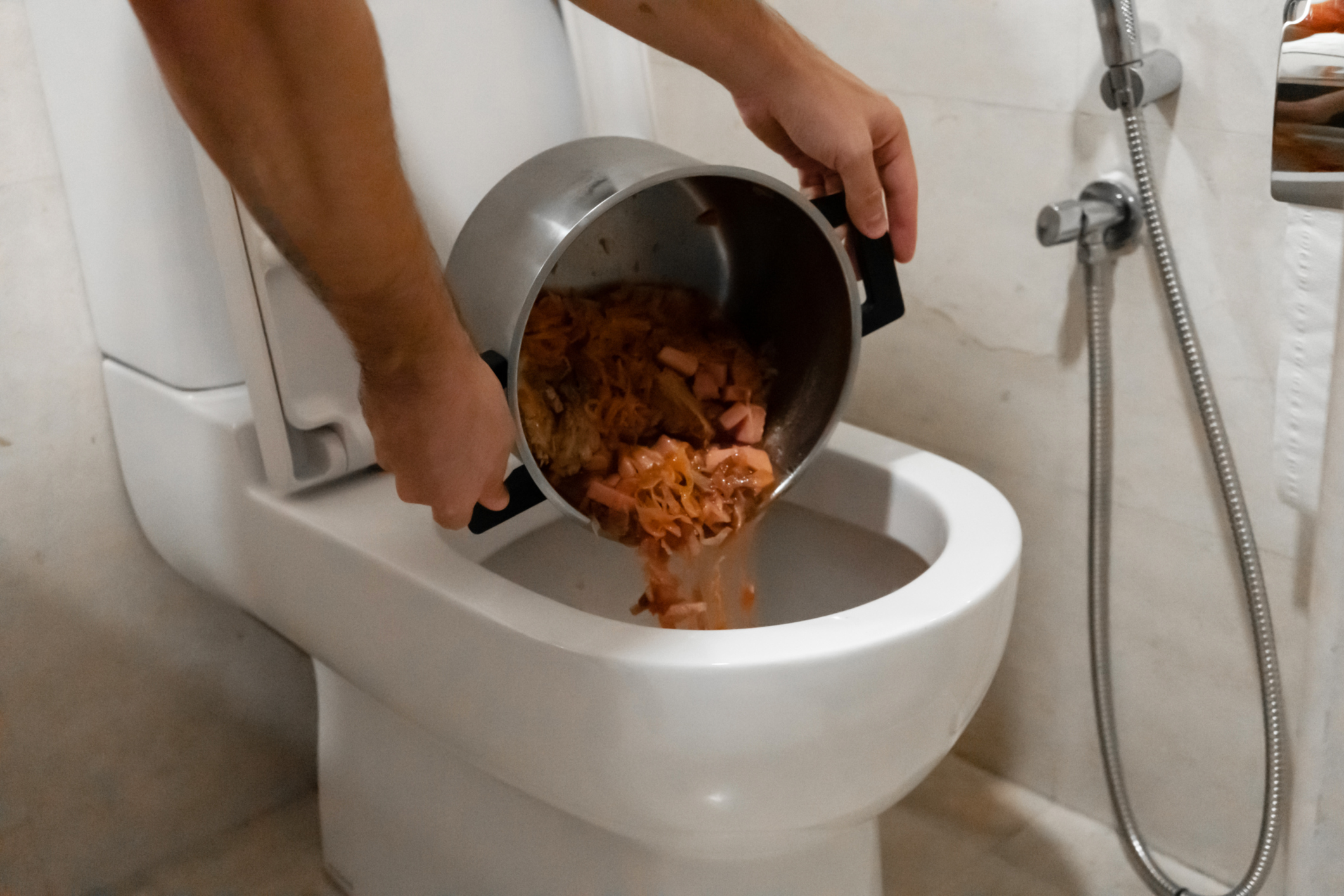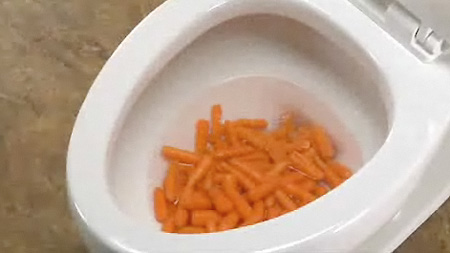Is it Sensible to Flush Food in the Toilet?
Is it Sensible to Flush Food in the Toilet?
Blog Article
The article author is making several great pointers regarding What Can Happen If You Flush Food Down the Toilet? as a whole in this great article just below.

Intro
Many people are typically faced with the predicament of what to do with food waste, especially when it concerns leftovers or scraps. One typical inquiry that arises is whether it's alright to purge food down the bathroom. In this post, we'll delve into the reasons why people may take into consideration purging food, the consequences of doing so, and alternative methods for appropriate disposal.
Reasons why people could consider flushing food
Absence of understanding
Some people might not be aware of the possible injury caused by flushing food down the bathroom. They may wrongly believe that it's a harmless method.
Comfort
Flushing food down the toilet may appear like a fast and very easy remedy to getting rid of unwanted scraps, especially when there's no neighboring trash bin available.
Negligence
Sometimes, individuals may just choose to flush food out of sheer laziness, without taking into consideration the effects of their actions.
Repercussions of flushing food down the bathroom
Environmental influence
Food waste that ends up in rivers can add to air pollution and injury marine environments. Furthermore, the water made use of to purge food can strain water resources.
Pipes concerns
Flushing food can lead to clogged up pipes and drains, causing expensive plumbing repair services and hassles.
Kinds of food that ought to not be purged
Fibrous foods
Foods with fibrous textures such as celery or corn husks can obtain entangled in pipes and trigger obstructions.
Starchy foods
Starchy foods like pasta and rice can absorb water and swell, resulting in blockages in pipes.
Oils and fats
Greasy foods like bacon or cooking oils need to never ever be flushed down the bathroom as they can strengthen and trigger clogs.
Appropriate disposal techniques for food waste
Using a garbage disposal
For homes equipped with waste disposal unit, food scraps can be ground up and purged via the pipes system. Nevertheless, not all foods appropriate for disposal in this way.
Recycling
Specific food packaging products can be reused, reducing waste and reducing ecological influence.
Composting
Composting is an eco-friendly way to get rid of food waste. Organic materials can be composted and used to improve soil for gardening.
The significance of correct waste management
Decreasing ecological damage
Correct waste administration techniques, such as composting and recycling, assistance reduce contamination and protect natural deposits for future generations.
Protecting plumbing systems
By preventing the technique of flushing food down the commode, home owners can stop pricey plumbing repair services and maintain the integrity of their plumbing systems.
Final thought
Finally, while it might be tempting to purge food down the commode for convenience, it is necessary to recognize the potential repercussions of this action. By embracing appropriate waste monitoring practices and throwing away food waste properly, people can contribute to healthier plumbing systems and a cleaner environment for all.
FLUSH FOOD DOWN THE TOILET?
FLUSHING FOOD CAN CAUSE BLOCKED DRAINS IN YOUR HOME
All of the plumbing fixtures in your home are connected to the same sewer pipe outside of your home. This outdoor sewer pipe is responsible for transporting all the wastewater from your home to the Council sewer mains. Even small pieces of food that go down the kitchen sink can cause problems for your sewer. It should therefore be obvious that flushing larger bits of food, such as meat, risks a clog in either the toilet itself or the sewer pipes. Flushing greasy food is even more problematic because oil coagulates when it cools, coating the interior lining of your pipes.
THE TOILET IS NOT A BIN
Food isn’t the only thing that people shouldn’t be flushing down the toilet. People use the toilet to dispose of all kinds of things such as tampons, makeup wipes, dental floss, kitty litter and even underwear. Water goes to great lengths to educate residents about the high costs and stress placed on wastewater treatment systems simply from people flushing the wrong stuff down the toilet. It costs taxpayers millions of dollars each year, and homeowners thousands in blocked drain repairs.
FLUSHING FOOD IS A WASTE OF WATER
Flushing food is a waste of our most precious resource - water. In June this year Level 1 water restrictions were introduced to protect water supply from drought conditions. Much of New South Wales continues to be affected by prolonged drought with recent figures revealing up to 97 per cent of the state remains in drought. Depending on whether you have a single or dual flush toilet, every single flush uses between five and 11 litres of water. In the current climate this is a huge amount of water to be wasting on flushing food that should be placed in the bin (or better yet, the compost).
https://www.jabplumbingsolutions.com.au/blog/can-you-flush-food-down-the-toilet

Do you really like more info about Flushing Food Down the Toilet?? Give a short review directly below. We will be glad to see your thoughts about this review. We are looking forward to see you back again later on. Those who liked our blog post please remember to share it. We enjoy reading our article about .
Click Report this page